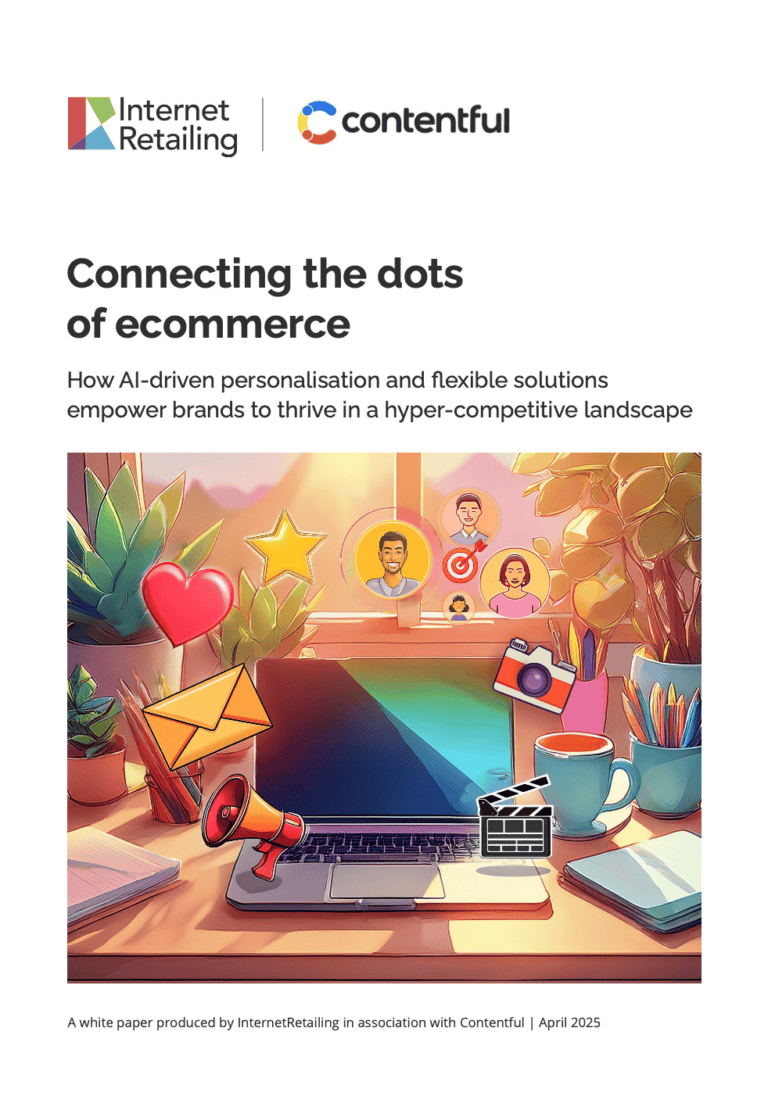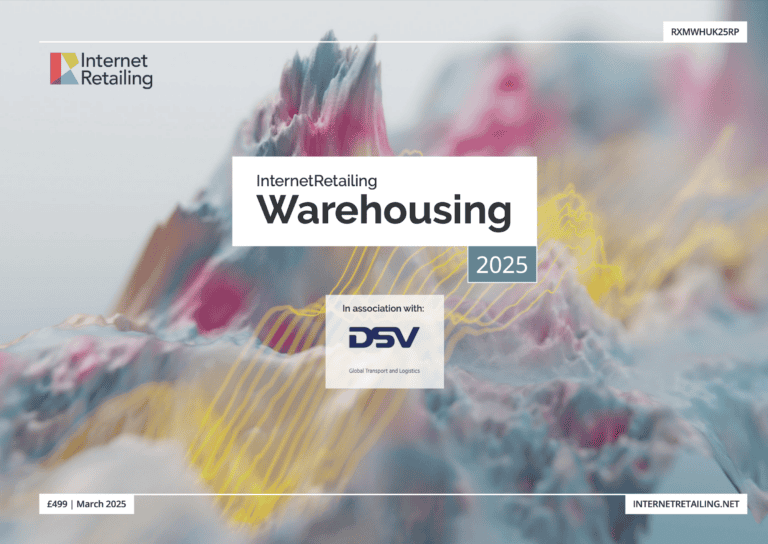Shopping in a physical store has obvious advantages for shoppers trying to decide on what to buy. Shoppers can examine products hands-on, assessing aesthetics, quality and features and, perhaps most importantly, they can speak to a sales assistant for advice. Ideally, that assistant will not only know the product’s key features and benefits but can also highlight other suitable items and educate shoppers to increase their purchase confidence.
Online shoppers have a much wider range of choice available at the click of a button. They have access to more retailers and products than ever before, making choosing the right products even more challenging. While various tools exist to help them learn more about each item, the human interaction of asking a store assistant for advice is harder to replicate. With such overwhelming choice, it’s therefore no surprise that customers are wanting more assistance and guidance in the digital world to help them make the right choice.
Understanding the impact of choice overload
In October 2018, a study by Colin Camerer, Caltech’s professor of behavioural economics, was published in Nature Human Behaviour. It showed that choice overload is a very real phenomenon, with testing showing that as the number of options increases, the potential reward also increases. However, it then begins to level off due to the mental effort required to evaluate all options in order to make informed decisions. In the study, he suggested the ideal number of options for a person to choose from is generally between 8 and 15.
At Epson, the company’s consumer printers range comprises 249 models, offering choices that are made even more complicated by the fact that differences between some models can be subtle and hard to understand.
Narrowing down product choice quickly and easily for customers is vital, says Ashley Molyneux, e-marketing content manager for Epson Europe. “It’s incredibly important to make sure information is portrayed to customers in an easy-to- understand manner,” he says. “Our products are quite similar and yet quite diverse at times. So even within our own products, it’s difficult for someone to understand what they need and why they might need it.”
Why it’s vital to engage customer and simplify the customer journey
Engaging with shoppers in the digital environment to better meet their needs is vital to preventing the negative impact of choice overload – especially in their ‘I want’ moment when purchase intent is most likely.
Often, the confusion comes from the customer not understanding product nuances, meaning that answering queries, educating on products and removing critical pain points that can cause friction are all key. In other words, retailers need to replicate the in-store human assistant to understand what customers actually want and need and what products best fit.
Yet, many fail to do this. “Most retailers only display technical product information,” says Sarah Assous, CMO at Zoovu.“ However, people buy products because they have a need and may not always know which technical specs will be right for them. By making guidance and assistance readily available, retailers can show that they care about each shopper purchasing the products they truly want and need.”
This is something that Epson’s Molyneux agrees is needed. “Simplification is one of the things that’s often required,” he notes. “We go into details of speeds and feeds and resolution and, yes, there are customers that understand this in great detail. But there’s plenty that just want a fair comparison of ‘this one’s better than that one’. Customers need a much more simplistic and quicker way of viewing their products.”
The danger of not assisting customers
The process of finding the right products is a vital service experience for customers in its own right. Showing them what may best suit them also helps with conversion, according to Buy Wholefoods Online marketing manager, Aedan Kiernan. “For us, customers want reassurance when they are buying,” he says. “Although it is likely they already know what they want to buy, helping them reconfirm why they should buy it is key. With newer products, it’s about educating consumers about why they should try something different and what the benefits are.”
Rachel Glynn, head of ecommerce at Radley, says the implications of not meeting the speed, convenience and relevance needs of customers are obvious – they will simply go elsewhere. “The danger is always the bounce rate,” she says. “Conversion rates are naturally in decline as search and research is now an ‘on- the-go’ pastime. As it used to be with marketing and the three-second attention capture rule, now there is the same issue with purchase decisions. The window is narrowing to get the customer to commit to a purchase.” When it comes to more complicated products, this window is even tighter, notes Glynn. “Electricals and other technical product types, including financial services and telecoms, have changed the level of technical advice expected online.”
Retailers need to move to placing a higher value on customer education and customer experience – especially around product choice.
This feature first appeared in an InternetRetailing white paper, Bringing the human touch to digital channels through AI, published in association with Zoovu. Click here to explore that white paper, or here to view other InternetRetailing white papers.









